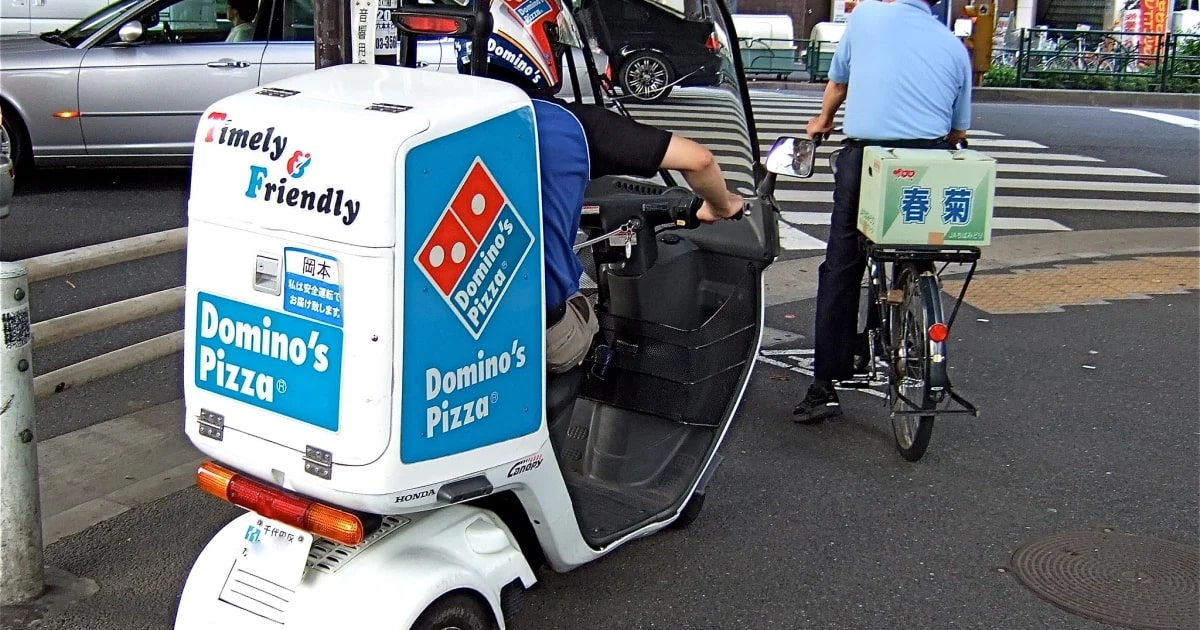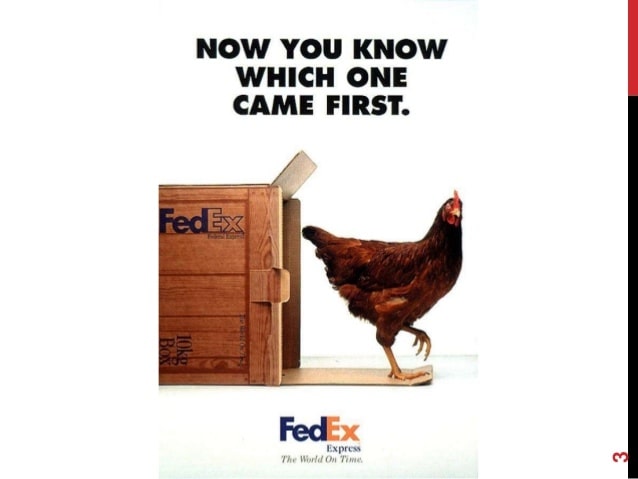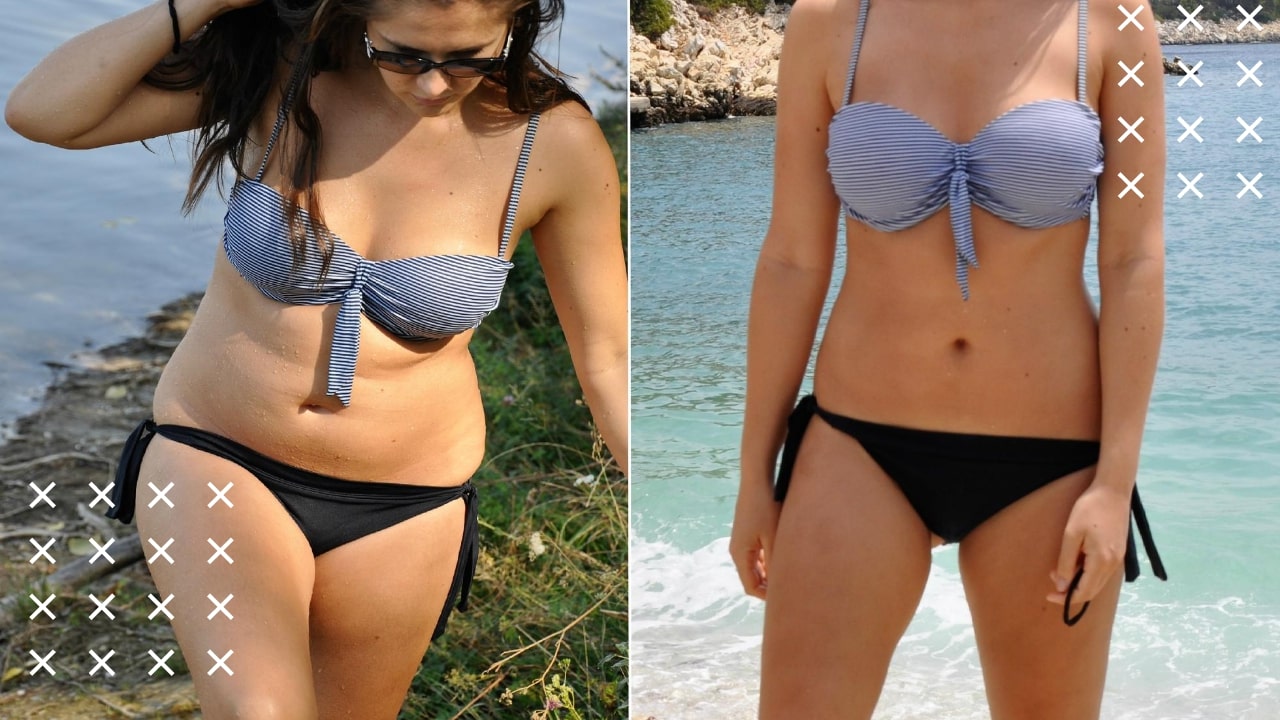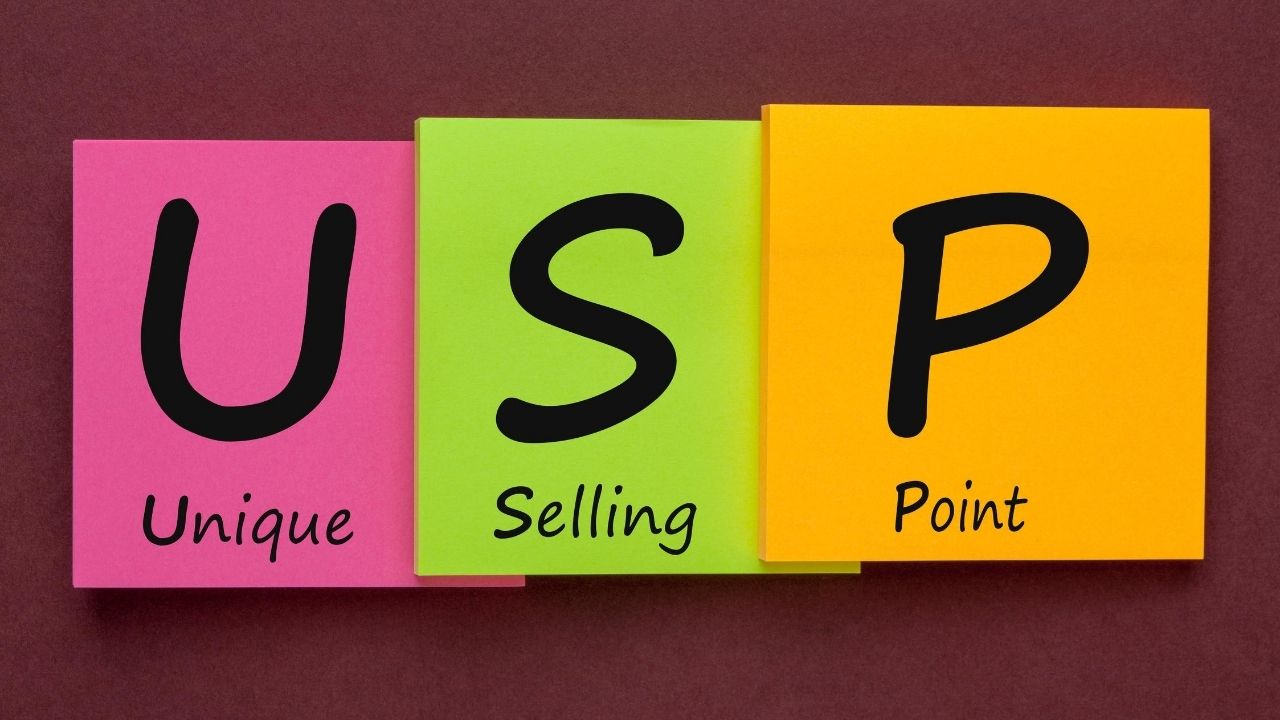
When prospects shop around, every fitness business looks the same to them.
It's because (almost) all fitness businesses claim to be the best at everything. Every fitness business claims it has:
- The best trainers
- The best customer service
- The best results
- The best program
- The best transformation stories
Of course, this ends up being meaningless since every fitness business is saying the exact same thing. The claim about being the "best" is a lie, and your prospects know it.
Boost Your Client Retention with Trainerfu– Start Now!
Engage clients better and improve retention with Trainerfu’s features.
Try it freeIt's also logically impossible.
For example, if your fitness business has the best trainers and services then there's no way you can also offer the best prices (And even if it were somehow true, would that actually be any more appealing? We've all heard the expression "too good to be true").
In the end, with nothing to pull them either way, your prospects choose a fitness business based either on price or impulse feeling. This isn't good for your prospects, and it's not good for your fitness business either.
The key, then, is to stand out from your competitors.
There's a simple formula for this:
- You need to emphasize to your prospects a certain benefit that you can deliver that your competitors don't or can't.
- This benefit should be something that your prospects actually want – something that solves their problem.
- You need to be able to back up this benefit with strong proof and a compelling story.
The marketing term for this benefit is your Unique Selling Proposition, or in short, your USP.
Here are two famous examples of a highly successful USP:
Example 1: Domino's Pizza

USP: Fresh, hot pizza delivered in 30 minutes or less, guaranteed.
Domino's doesn't claim to have the best pizza or the best sauce or the best customer service. The one thing that they emphasize in their marketing message is their fast delivery service.
Example 2: FedEx

USP: A delivery service for when it absolutely, positively has to be there overnight.
Like Domino's, FedEx doesn't claim to be the best at everything. FedEx became known by focusing on only one thing – their overnight shipping service – and being amazing at it.
Both Domino's and FedEx have become household names, thanks to their USPs. They've attracted a lot of copycats in the process, too.
The magic of a really good USP is that it sticks in people's minds. Once a prospect understands your USP, they remember it and associate it with you.
Let's go back to the example of FedEx: when it comes to overnight shipping service, FedEx is the first name that pops in the mind of most Americans – even though there are other companies that offer the same service.
One important thing to remember is that you need to emphasize one big, main benefit rather than multiple small benefits.
It may seem like a good idea at first to woo prospective clients with multiple benefits. More is better, right?
The problem with trying to sell a prospective client on multiple benefits is that your biggest, most important benefit – your USP – gets lost in the mix.
It's much easier to be known for one special benefit than it is a bunch of generic benefits.
Without your Unique Selling Proposition, you are no longer unique and you have no particular authority. You fail to stand out from your competitors.
How to Come Up With an Irresistible USP
When finding your USP, you're basically trying to find the most compelling answer to the question your prospects are all asking:
Why should they pick you over your competitors?
Your USP should answer this question by highlighting 3 things:
- Your unique benefit
- Your competitors' shortcomings
- How your unique benefits will add value to the life of your prospects
It really helps to frame your USP and these key points as a story. Here's what the basic story structure looks like:
"I love helping people transform their lives through fitness. But I wasn't happy with [competitor's shortcoming]."
"So I started my own fitness business [with a different approach that provided a solution for competitor's shortcomings]. Now I can deliver my clients with [these unique benefits that unlock these amazing values]."
Suppose, for example, your business is a personal training studio geared towards women. Your USP story might sound like this:

"I love helping people transform their lives through fitness. But I wasn't happy with how most of the gyms in my neighborhood were using ineffective cookie-cutter programs for women.
"That's why I started CurveFit, where we build programs that are specifically designed for women__so that you can get faster results and build lasting friendships."
In another example, suppose you offer online training, and your competitor doesn't.
Let's also assume your prospects most care about affordability and faster results.
Your USP story might look like this:
"I love helping people transform their lives through fitness. But I wasn't happy with how expensive most of the gym's personal training programs were, and also that they were only workout-focused.
That's why I started FastFit. My business delivers 360-degree lifestyle transformation at affordable prices, so that you can get faster results without breaking the bank."
Notice how all these examples highlight a quality or experience that was missing from the market, and how the fitness owner sought to provide the solution for that in their own business, in a way that gives real and meaningful value.
The most important thing when positioning your business is to start with is your unique benefit – the source of your USP.
From there you can compare yourself to your competitors, addressing their shortcomings and letting prospects know the value you have to offer.
Do it in a way that is authentic, and come from the angle of wanting to solve a problem. If clients know you care about helping them and are trying to create an optimal experience, you are even more likely to attract them.
Still not sure yet what your USP is?
No problem – there are several steps you can follow to figure it out.
Step 1: Determine Your True Competition

Your true competition is not necessarily who you think it is. It's who your prospective clients think it is. It's whoever they are comparing you with.
You might be surprised to find out who your actual competition is.
This is because you know your own industry so well that you assume your competitors are the businesses who are the most similar to yours.
However, this may not be the same way your clients perceive your business. It's very possible they don't even know about other businesses that resemble yours.
It's possible, for example, that even if your business is a boutique studio most of your clients' second choice is actually a personal trainer– because the nearest boutique studio competitor is branded differently or simply located too far away.
Think of it this way: your true competition is the business your clients would have chosen if you didn't exist.
Every client you ask might have a slightly different answer. Even so, you can probably get a general idea overall.
If you are a personal trainer, for example, and 80% of prospective clients consider the best alternative to you a local gym, then that local gym is your #1 competitor.
Step 2: Make A List Of Things You Do Differently from Your Competitors

For this step, you want to focus on features rather than benefits.
Features are what you do to deliver benefits to your clients. For example: "Nutrition Coaching" is a feature. The benefit it delivers is "Faster Results".
Start by making a list of all the features that you provide that your competitors either lack, or don't do a great job at delivering.
If you think your business does a certain thing way better than your competitor does, you need to back it up with proof.
For example, if you have superior customer service, how would you back that up with proof? Your proof, in this instance, may be that you have more customer service reps. Or that you offer 24/7 support.
It's one thing to say you offer a certain feature; the important part is going one step further to show the client how it is you're able to offer that feature.
Step 3: Derive Your Unique Benefits

Now derive benefits from every unique feature you listed in the previous step. A unique feature could lead to one or more benefits.
Let's take online training as another example. In and of itself, online training isn't necessarily exciting. But think of the incredible benefits it has to offer. It's:
- Affordable
- Faster Results.(Focuses on nutrition, habits, and workouts).
- Flexible (You can do it from anywhere anytime).
Once you have listed all the benefits, review them to see if you can combine them to make an even bigger benefit.
With the example of online training, the overarching benefit is, "Get Faster Results without breaking the bank".
Step 4: Shortlist the Benefits Your Prospects Truly Care About

You may have been able to come up with multiple benefits that your competitors lack, and that's awesome.
Now it's time to narrow them down to one or two that really stand out. Remember, even if you can offer a ton of great benefits, it's hard for clients to focus on any particular one.
In this step, you want to shortlist 1-2 really major benefits that the prospects in your niche truly care about.
Step 5: Write Your USP

Now you have everything you need to write your killer USP. Use the four steps above to come up with your own USP (or maybe a couple) and share it with us!
Next Step: How to Use Your USP
Once you've figured out your USP you need to first develop your brand story.
Your brand story is basically the reason you started the business and the choices you have made. The brand story should be related to your USP. Whatever your USP is, it should be the solution (or one of the solutions) or reason that led you to creating your business.
Another way to think of your brand story is basically as an extension of your USP. Remember, people love stories. They love hearing about a person and a challenge, and how that person overcame that challenge.

A successful story often starts with a pain point. It might be a lack you saw in the current marketplace – something you needed that no one was offering. It could be even more personal: your pain point could be a family member or friend with a certain struggle or condition that was holding them back from becoming fit or enjoying life.
After describing the problem or challenge, tell your audience how you went about solving that problem with the creation of your business. Describe how you researched, learned and developed a vision and mission for your fitness business to signal both authority and passion, earning the trust of prospective clients listening to your story.
Once you've developed your brand story, implement it into multiple forms of content.
Mention your story in your sales emails, the about-us page on your website, seminars, Facebook ads – anywhere it makes sense to.
Videos are an especially compelling way to share a story and establish a human connection with prospective clients. Having a face to your business gives them a feel for your values and what it's like to learn from you and work with you.
You can create a shorter version of your USP and use it for your tagline, the headline of your website, your email signature – you may even be able to incorporate it into your logo.
Final Thoughts

An ideal USP should be short and concise enough that clients can easily recall it. Considering that a USP is short and simple, but also crucial to the success of your business, be sure to take time and care in choosing the very best USP you can.
In summary:
- You need to stand out from your competitors, and in order to do that, you need a Unique Selling Proposition (USP)
- You can create a great USP by first taking a look at your competitors and see where they are lacking or less successful.
- Be sure the focus of your USP is to add genuine value to your clients' lives. Be authentic, human and original. Use your USP to create a great brand story.
Also, don't forget to follow the 5 Steps for figuring out your own compelling USP, and let us know what it is in the comments below.
What's Next
In the previous article, we identified how to figure out a profitable niche for your business.
In this article, we helped you nail down a killer USP so that you can convince the prospects in your niche to work with you, instead of your competitor.
There's still one more important piece of the puzzle that you need to solve before you go ahead and start creating content to market your fitness business. And that piece of puzzle is how to understand your ideal client on a deeper level.
This is super important, because clients are human just like you – and they want to experience a human connection.

They have desires, fears, aspirations, values. And when your messaging goes deeper and connects with your clients not only logically but also emotionally, the real magic happens.
You'll get more followers, more leads, more clients and most importantly you'll help create the transformation you want to see in your clients' lives.
So how exactly do you connect with your prospects and clients on a deeper, more visceral level?
That's the focus of our next article. Read more on how you can get to know your ideal client on a deeper level, so that you can grow your business and bring the change.
Frequently Asked Questions
1. What is a Unique Selling Proposition (USP) in the context of a fitness business?
A USP is a distinct benefit or feature that sets your fitness business apart from competitors. It highlights what makes your services unique and why clients should choose you over others. For example, Domino’s Pizza’s USP was “Fresh, hot pizza delivered in 30 minutes or less, guaranteed,” focusing solely on fast delivery rather than claiming superiority in all aspects.
2. Why is having a USP important for my fitness business?
A well-defined USP helps your business stand out, attract your target audience, and build brand loyalty. It provides a clear reason for potential clients to choose your services over competitors, especially in a crowded fitness market.
3. How can I identify the unique benefits my fitness business offers?
Assess your services to determine what you excel at or offer uniquely. This could be specialized training programs, exceptional customer service, unique equipment, or a particular training philosophy. Understanding your strengths and how they meet your clients’ needs is key.
4. How do I analyze my competitors to find my USP?
Research competitors to understand their offerings and identify gaps or areas where you can provide added value. This analysis helps you position your services to address unmet needs in the market.
5. How can I ensure my USP resonates with my target audience?
Develop an ideal client profile to understand your target market’s demographics, preferences, and pain points. Tailor your USP to address their specific needs and desires, making it more compelling.